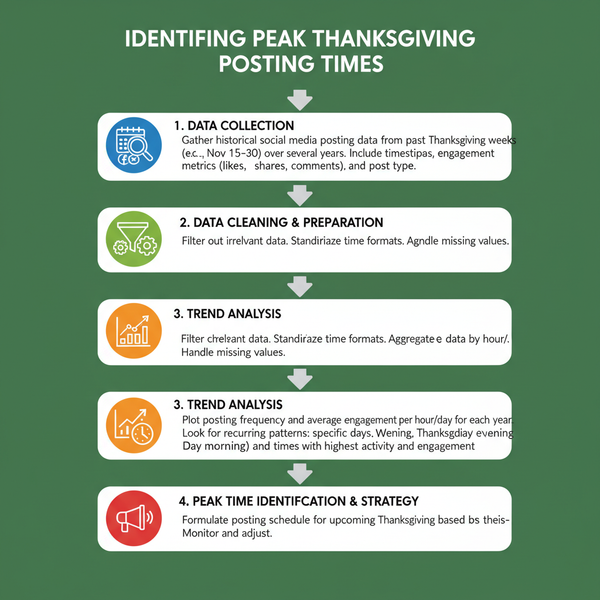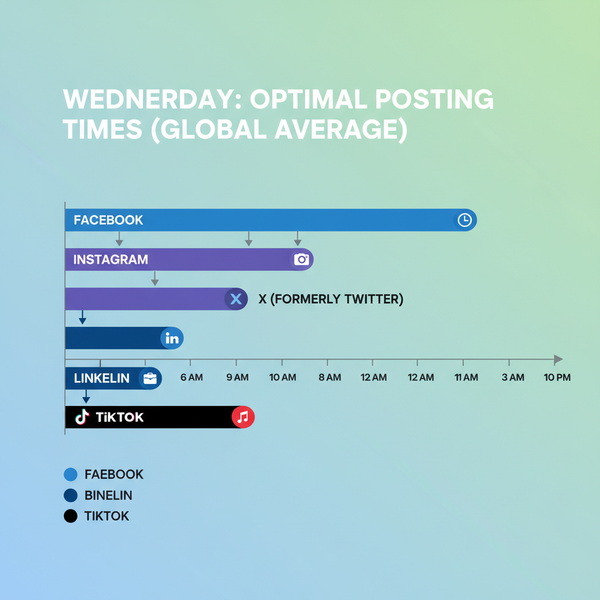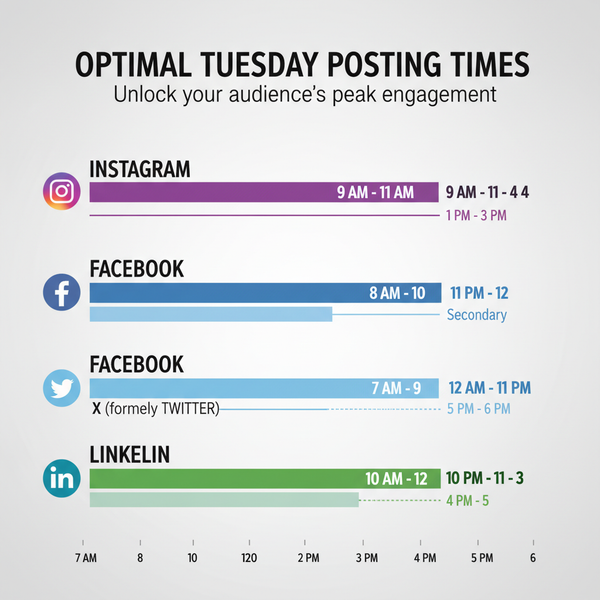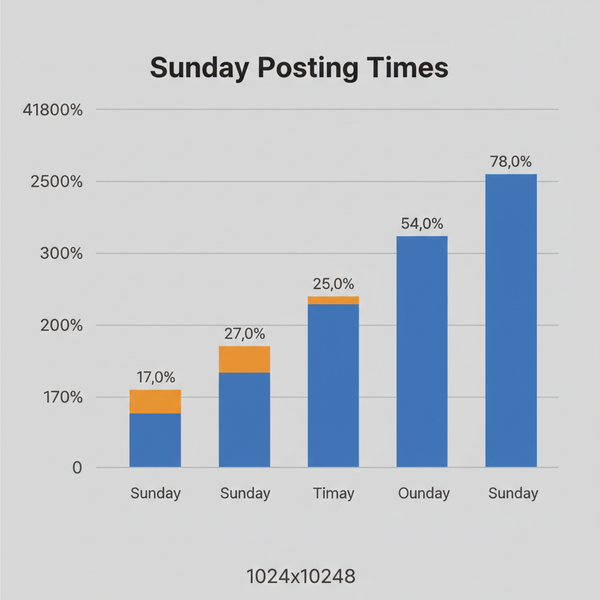Best File Format for Facebook Video with MP4 Settings
Learn the best MP4 format settings for Facebook videos, including H.264 and AAC codecs, resolutions, aspect ratios, and compression tips for quality.
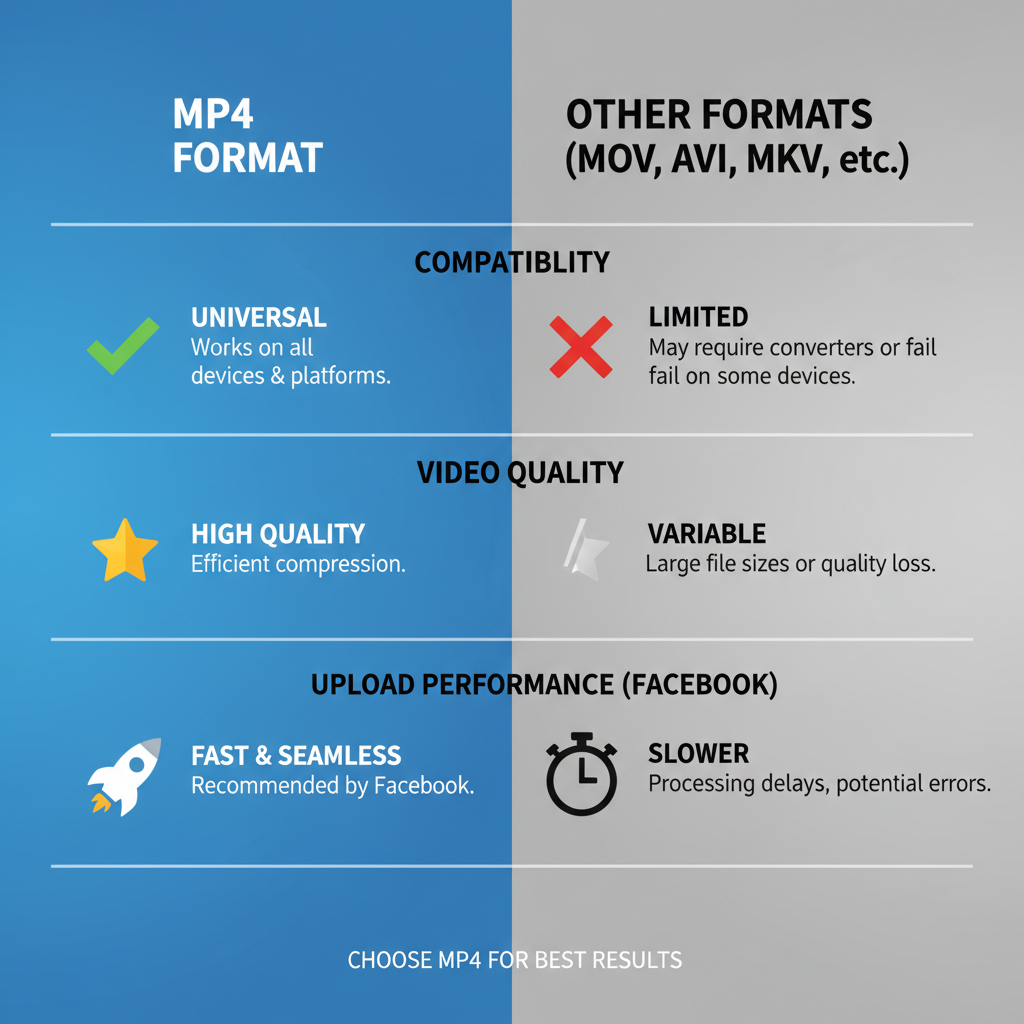
Introduction to Facebook Video Specs and Why Format Matters
Facebook remains one of the most influential platforms for sharing and promoting videos — whether for marketing campaigns, storytelling, or community building. Choosing the best file format for Facebook video is essential to guarantee smooth uploads, optimal playback quality, and faster load times across devices.
A properly formatted file prevents common pitfalls such as compression artifacts, extended upload durations, or incompatibility warnings. In short, the right format maximizes your content’s reach, viewer experience, and overall impact.

When you upload a video that doesn’t meet Facebook’s technical requirements, the platform will automatically transcode it. This can degrade both visual and audio quality while needlessly consuming your time. Understanding Facebook’s supported formats and recommended technical settings is crucial for avoiding these issues.
---
Recommended File Formats by Facebook
Facebook officially supports MP4 and MOV for video uploads.
MP4 — Short for MPEG‑4 Part 14, MP4 offers universal compatibility, relatively small file sizes, and efficient compression without major quality loss.
MOV — Apple’s QuickTime format, suitable for high-fidelity footage but generally larger in size, leading to slower uploads.
| Format | Pros | Cons |
|---|---|---|
| MP4 | Small size, excellent quality, wide compatibility | Less editable in some professional suites vs. MOV |
| MOV | High quality, ideal for Apple workflows | Larger file size, slower to upload |
---
Why MP4 is the Most Widely Used Format for Facebook Videos
MP4 has become the standard for Facebook uploads because it balances quality with efficiency. It uses widely supported codecs compatible with virtually every device and browser.
Key advantages:
- Universal playback — Works on Windows, macOS, Android, iOS, smart TVs, and browsers.
- Efficient compression — Delivers smaller files for faster uploads and smoother streaming.
- Reliable for mobile viewing — Minimizes buffering, especially for users on slower connections.
---
Optimal Video Codec (H.264) and Audio Codec (AAC) Settings
Facebook recommends pairing the H.264 video codec with AAC audio in an MP4 container.
Video codec settings:
- Codec: H.264
- Bitrate: 3,000–6,000 kbps (for 720p–1080p)
- Profile: High Profile (HD content)
- Keyframe interval: ~2 seconds
Audio codec settings:
- Codec: AAC
- Bitrate: 128 kbps stereo
- Sample rate: 44.1 kHz or 48 kHz
These configurations ensure crisp video and clean sound while keeping the file efficiently sized.
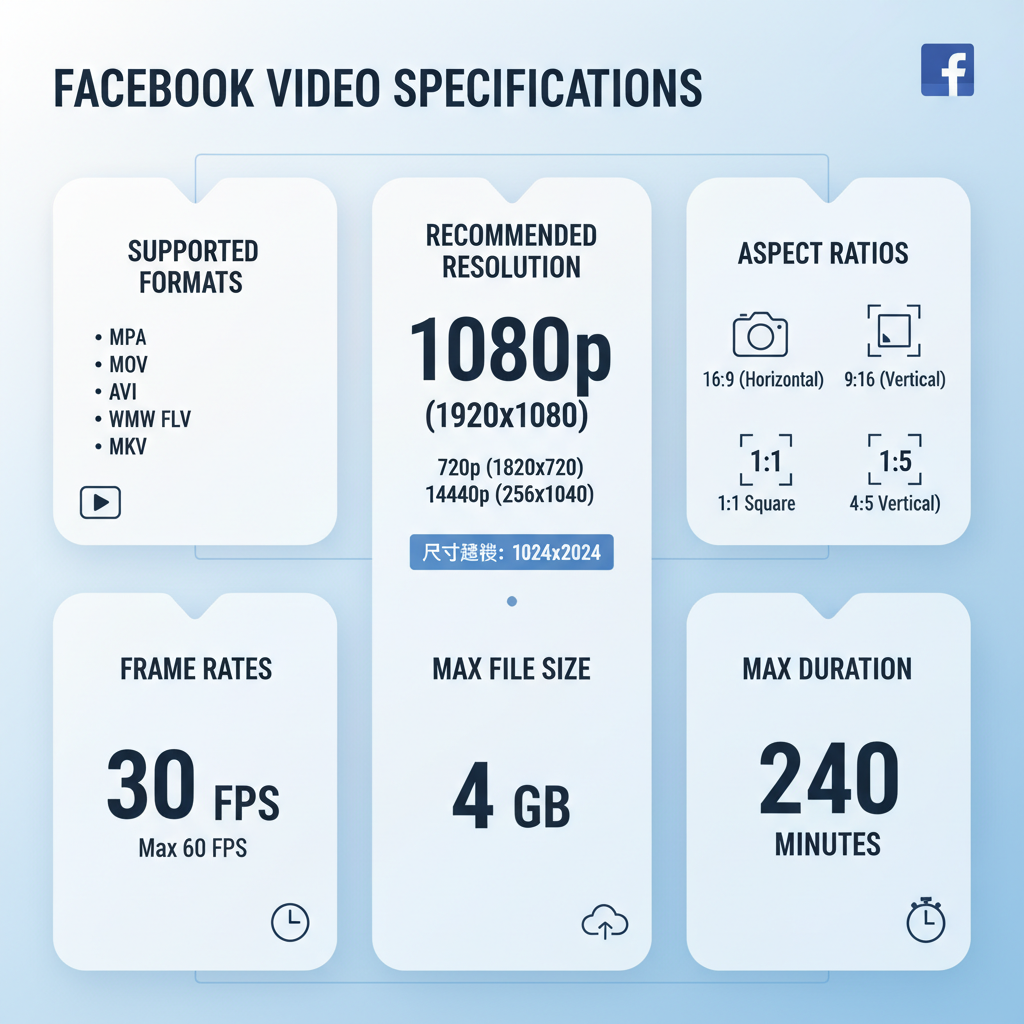
---
Recommended Resolution, Aspect Ratios, and Frame Rates for Facebook
Facebook supports several resolutions and aspect ratios depending on the format (feed, story, ad, livestream).
Recommended resolutions:
- Standard HD: 1280×720 (720p)
- Full HD: 1920×1080 (1080p)
- Vertical: 1080×1920
Aspect ratios:
- Landscape: 16:9
- Square: 1:1
- Vertical: 9:16
Frame rate guidance:
- Use 30 fps or retain the original rate (up to 60 fps) for smoother motion.
| Type | Resolution | Aspect Ratio | Frame Rate |
|---|---|---|---|
| Landscape Post | 1920×1080 | 16:9 | 30–60 fps |
| Square Ad | 1080×1080 | 1:1 | 30 fps |
| Story/Reel | 1080×1920 | 9:16 | 30 fps |
---
Compression Tips for Optimal Balance of Quality and Size
Compression finds the sweet spot between keeping file sizes reasonable and avoiding quality loss.
Practical tips:
- Use two-pass encoding — Allocates bitrate intelligently for consistent quality.
- Target bitrate — 4–6 Mbps for HD, 8–12 Mbps for 4K.
- Match content to frame rate — Keep 30 fps for most videos unless high-motion demands more.
- Avoid overuse of effects — Complex visuals require more data and higher bitrate.
---
How to Convert Videos to Facebook’s Best File Format
To convert videos into MP4 with H.264/AAC, you can use both free and paid tools.
Popular software options:
- HandBrake — Free, open-source, cross-platform.
- Adobe Media Encoder — Industry-standard for professional exports.
- FFmpeg — Flexible command-line processing for batch jobs.
- Online converters — Convenient for small files; always verify privacy safeguards.
Example HandBrake preset for Facebook:
Format: MP4
Video Codec: H.264 (x264)
Framerate: Constant, 30 fps
Quality: RF 20
Audio Codec: AAC
Bitrate: 128 kbps---
Common Mistakes to Avoid When Exporting for Facebook
- Using unsupported formats — Triggers recompression and possible quality loss.
- Excessively high bitrate — No visible gain, longer upload times.
- Ignoring aspect ratios — Leads to awkward cropping or black bars.
- Variable frame rate output — Causes sync issues.
- Outdated codecs — Can result in poor playback performance.
---
Advanced Tips for Faster Uploads and Smoother Playback
If you want to improve both upload speed and playback reliability, consider:
- Pre-compressing videos — Use recommended bitrates to limit extra Facebook compression.
- Using wired internet — More stable than Wi‑Fi for large transfers.
- Uploading during off-peak hours — Reduces processing time.
- Enabling web optimization — Adjusts file structure for faster streaming.
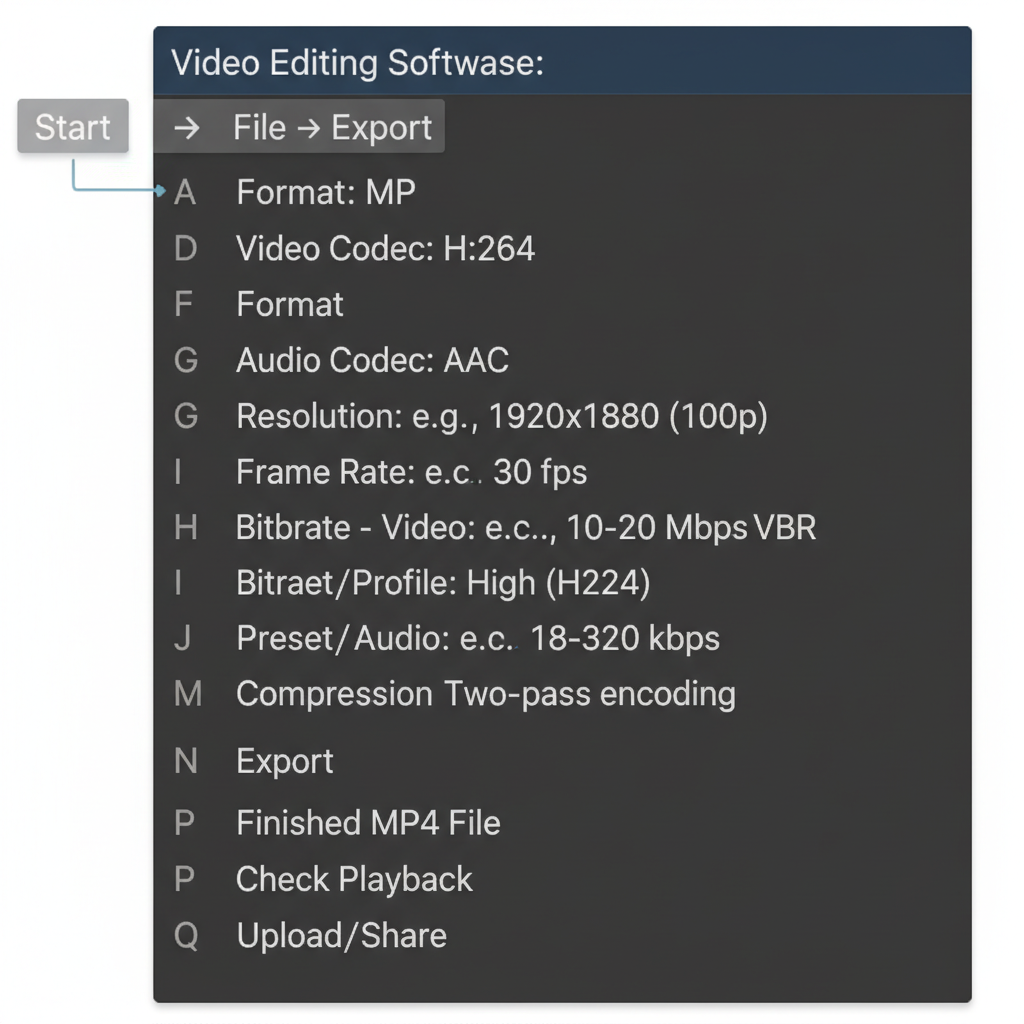
---
Conclusion and Quick Checklist for Facebook Video Format Optimization
Choosing the best file format for Facebook video becomes simple once you know the specifications. MP4 with H.264 video and AAC audio remains the most reliable combination — offering great quality, efficient file sizes, and seamless compatibility.
Quick checklist:
- File format: MP4
- Video codec: H.264, High Profile
- Audio codec: AAC, 128 kbps, 44.1/48 kHz
- Resolution: 720p/1080p matching aspect ratio
- Bitrate: ~4–6 Mbps (HD)
- Frame rate: 30–60 fps constant
- Two-pass encoding enabled
- Web-optimized export
By applying these best practices, you’ll ensure fast uploads, impressive playback quality, and a consistent viewing experience — boosting your video’s performance on Facebook. Ready to optimize your next upload? Start by encoding it in the ideal MP4 format and watch your engagement grow.

